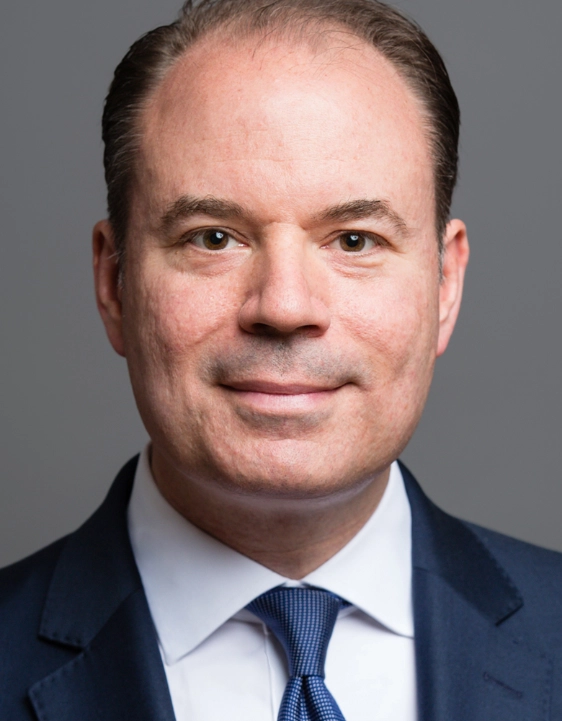Stay in the know
We’ll send you the latest insights and briefings tailored to your needs
Over the last decade, auctions have become firmly established as the preferred process for sellers to market potential M&A transactions. The process is designed to maintain competitive tension for as long as possible, and also to make participation in the process smooth and easy, for example by providing vendor due diligence (DD) reports in the first phase to enable prospective bidders to jump start their DD processes without incurring the full costs of such an exercise.
The streamlining and standardising of the M&A process to achieve the best possible terms for sellers has reflected the broader dynamics of the market across this time: huge inflows of funds to private equity and cheap financing created high levels of competition amongst buyers, which allowed sellers to achieve record valuations and impose seller-friendly deal terms on buyers, such as highly limited recourse and stringent obligations to ensure that conditions are satisfied. The auction process has been both a tool to achieve these outcomes and a reflection of that competition.
Bilateral processes continue, of course, to be a key feature of the market, especially where a transaction is initiated by a buyer or there is an obvious interested and motivated buyer. They have clear benefits where there is unlikely to be a truly competitive process as dealing with only one potential buyer can inevitably involve less time and cost for seller and target management teams than managing several bidders at once.
Joseph Fisher
Tokyo

Although there were some bright spots where activity continued at or near previous levels, 2023 saw a slowdown in the pace of M&A across many jurisdictions. This has led to a greater variety of approaches to the M&A process.
One change in process we are seeing is the use of a hybrid approach, which features aspects of both an auction process and a bilateral process. At the start, it is usually similar to a traditional auction process, with a number of parties being invited to participate in a two-round structure, with an organised due diligence process and the usual vendor preparation. However, instead of having essentially all due diligence and much of the 'negotiation' conducted during the multi-party process with the aim of signing binding agreements within a few days of round two, these processes are leading to a more extended third phase involving more extensive negotiations (sometimes over several weeks) once a preferred bidder has been identified.

Roddy Martin
London
For buyers, the appeal of treating an auction process in this way is obvious: less up-front cost incurred on due diligence prior to becoming the preferred bidder and an extended period of negotiations, when the seller has weakened its leverage by picking a preferred bidder and letting other bidders go cold.
For sellers, this appears to be a situation to be avoided, and may be a result of an auction process with a lack of competition. However, there are upsides to running a multilateral process in the early stages to flush out all possible bidders, even if the end result is not competitive. Additionally, some sellers are responding by providing less due diligence up front and pushing more to the back end, given bidders will not incur significant costs anyway.
Hybrid processes and other innovative mechanisms can be the best approach in uncertain times where there are gaps to be bridged. Expect to see more of them as we prepare for take-off in 2024.
Dr Sönke Becker
Germany

The contents of this publication are for reference purposes only and may not be current as at the date of accessing this publication. They do not constitute legal advice and should not be relied upon as such. Specific legal advice about your specific circumstances should always be sought separately before taking any action based on this publication.
© Herbert Smith Freehills 2024
We’ll send you the latest insights and briefings tailored to your needs